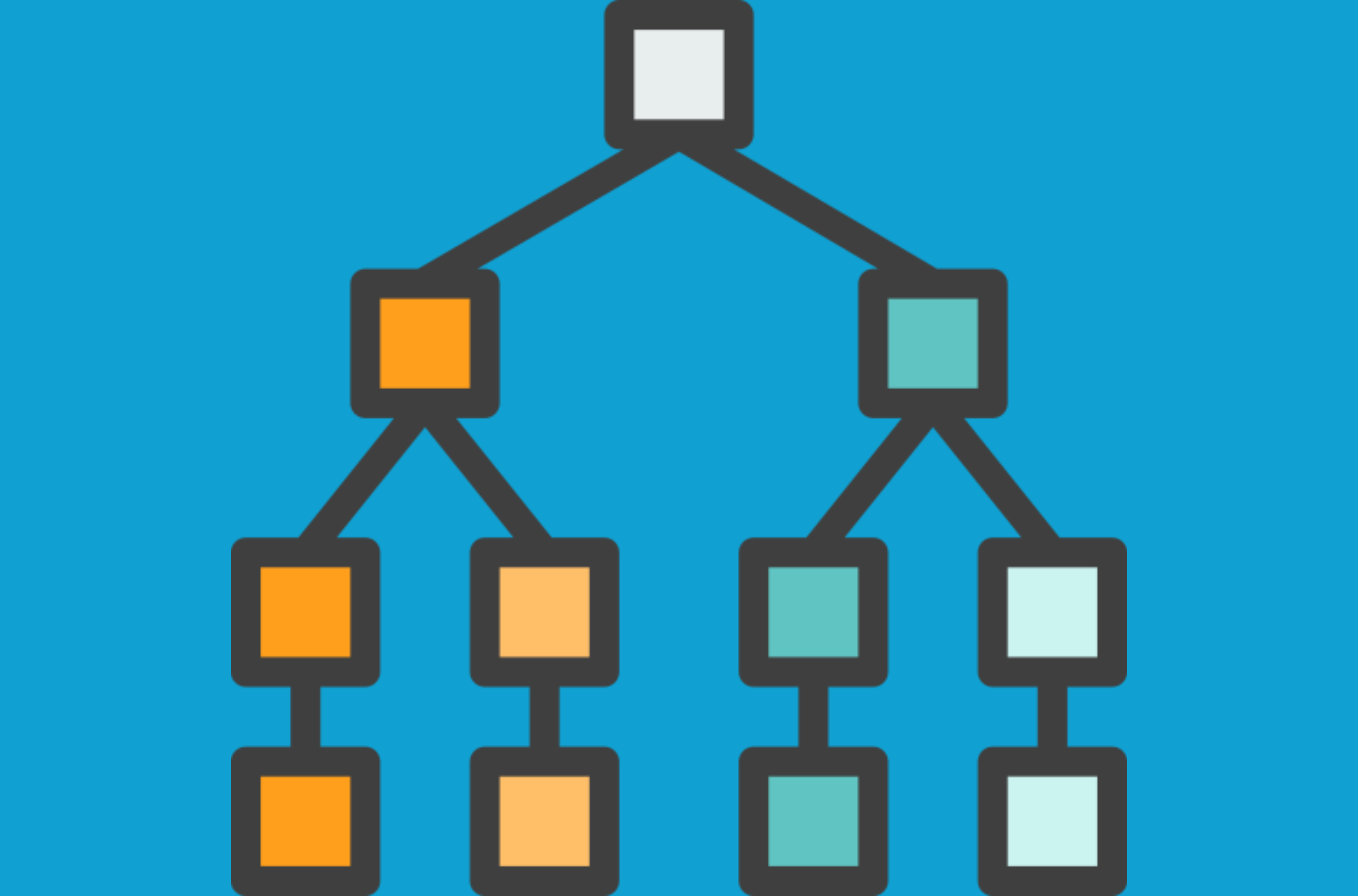
- by Team Handson
- September 10, 2022
Decision Tree: Create a perfect Decision Tree
A decision tree is a decision-making tool that shows a range of outcomes from a list of decisions. It is used as a crucial business tool for research analysis and planning strategies. There are many advantages of using such a flowchart-like diagram but, the primary advantage is its easy and comprehensible attributes.
Uses
Getting all possible outcomes and decision points, it is used. It has diversified use in the economic field such as loan agreement, data management, and payment sectors. This tool is extremely helpful for evaluating the productivity of a new product or a market with an existing product.
Advantages
People from any educational background can understand the productivity of a decision tree. No matter if you have knowledge of statistics or other analytics tools, you can easily read and understand its creation. Its graphical depiction is much insightful that users can relate their theory simply.
It is one of the greatest ways to categorize the most considerable variables and connections between two or more variables. It facilitates creating new variables or facets with a better power to calculate the intended variable. When you have a problem with hundreds of variables, the decision tree helps in identifying the most noteworthy variable.
· Decision trees provide quick and effective ways to realize the impact of different variables
· It needs a minimum effort of users while preparing data
· This system is useful in comprehending variable relations. Sometimes two or more variables are combined to become more powerful
· In comparison to other modeling techniques, it needs less data cleaning
· No restriction in data type
· Handling both numerical and definite variables, a decision tree is obvious
· Decision trees cannot assume for spatial distribution and the classified structure
· Non-linear connections between parameters do not change the performance of a decision tree
Decision trees are the procedure of selection when the trouble is dual. It is not the initial option for guessing continuous values. It is broadly used in commerce especially, in situations where the analysis of results is more significant than the correctness. People use decision trees for early data exploration in any venture.
Tips for making a Decision Tree
· First, draw a quadrangle, close to the left border of the sheet. It represents the former node. In this diagram, write the question, key idea, or decisive factor that will show the way to a choice.
· Now attach branches. For each potential option, draw an individual line that starts at the knot and moves away in the rightward direction of the sheet.
· Join leaves. Leaf nodes are in a huge volume in a decision tree. In the last part of every branch, insert a leaf node. These leaf nodes should be filled with another problem or condition.
· Include more branches. Replicate the procedure of joining a division for each probable choice leading from a leaf. Mark every branch as the same as before.
· Keep on adding up leaves and branches until each subject or decisive factor has been determined and reaches a conclusion.
· To verify the accuracy, consult an expert.
For Machine Learning, Data Science, and associated topics, visit Hands-On, a leading institute in Kolkata to offers you the brightest career field.






